Heartburn shouldn’t cost a small fortune-or your safety. If you’re hunting for the cheapest legit generic Nexium (esomeprazole) online, you want three things: a fair price, a real pharmacy, and the right dose for your symptoms. Here’s how to buy generic Nexium online without getting burned, plus smart ways to save if Nexium isn’t your best value.
What you probably want to get done today:
- Figure out if you need OTC Nexium 20 mg or a prescription dose.
- See what a real “cheap” online price looks like in 2025.
- Pick a safe, licensed online pharmacy and avoid shady “no-prescription” sites.
- Compare Nexium to cheaper proton pump inhibitors (PPIs) like omeprazole.
- Check out quick savings tactics: coupons, subscriptions, and per-pill math.
What You’re Actually Buying: Generic Nexium 101
Generic Nexium is esomeprazole, a proton pump inhibitor (PPI) that reduces stomach acid. It treats frequent heartburn, gastroesophageal reflux disease (GERD), erosive esophagitis, and prevents ulcers in specific cases. Think of it as turning down the acid tap so your esophagus can heal and your nights don’t end with a burning throat.
Forms you’ll see online:
- OTC (non-prescription) esomeprazole magnesium 20 mg: standard for frequent heartburn. Usually taken once daily for 14 days, then stop and reassess. Labels advise not to repeat more than every 4 months unless a clinician says so.
- Prescription esomeprazole 20 mg and 40 mg (varies by country): used for diagnosed GERD, healing erosive esophagitis, H. pylori regimens, and other indications under clinician guidance.
- Delayed-release capsules or tablets; some regions offer granules for suspension.
Who shouldn’t go DIY with PPIs? If you have alarm symptoms-trouble swallowing, unintentional weight loss, vomiting blood, black stools, persistent chest pain, or anemia-don’t self-treat. Talk to a clinician fast. Authoritative bodies like the American College of Gastroenterology (ACG) and NICE say those signs need evaluation, not guesswork.
Common side effects are usually mild: headache, abdominal pain, gas, nausea, or diarrhea. Longer-term and higher-dose use has been linked in observational studies to nutrient deficiencies (magnesium, B12), bone fractures, gut infections like C. diff, and kidney issues. These risks depend on duration, dose, and your health profile. The FDA label covers these warnings, and U.S./U.K. guideline groups recommend using the lowest effective dose for the shortest time that keeps symptoms controlled.
Bottom line: For frequent heartburn without red flags, OTC 20 mg often makes sense for a 14-day course. For ongoing GERD or more complex needs, you’ll likely need a prescription and a clinician’s plan. That choice also affects where-and how cheaply-you can buy.
Prices, Packages, and What a “Cheap” Deal Looks Like in 2025
Online prices swing a lot based on pack size, brand vs generic, and whether you’re buying OTC or prescription. Here’s what “cheap” looks like right now in the U.S. market, with similar patterns in many countries. Your local taxes, shipping, and pharmacy networks will nudge these numbers.
| Product | Strength & Pack | Typical Online Price (USD, 2025) | Approx. Price per Pill | Notes |
|---|---|---|---|---|
| Esomeprazole (OTC) generic | 20 mg, 14-count | $9-$15 | $0.65-$1.07 | Starter course; paying for convenience. Larger packs save more. |
| Esomeprazole (OTC) generic | 20 mg, 42-count | $18-$30 | $0.43-$0.71 | Often the best OTC value per pill. |
| Esomeprazole (Rx) generic | 20 mg, 30 tablets | $6-$20 (with coupon/card) | $0.20-$0.67 | Requires a prescription; deep discounts vary by pharmacy. |
| Esomeprazole (Rx) generic | 40 mg, 30 tablets | $8-$25 (with coupon/card) | $0.27-$0.83 | Often similar to 20 mg price with savings programs. |
| Omeprazole (OTC/Rx) generic | 20 mg, 42-count (OTC) | $10-$18 | $0.24-$0.43 | Usually the cheapest PPI per dose. |
| Lansoprazole (OTC) generic | 15 mg, 42-count | $13-$22 | $0.31-$0.52 | Another solid budget option. |
| Pantoprazole (Rx) generic | 40 mg, 30 tablets | $4-$15 (with coupon/card) | $0.13-$0.50 | One of the lowest-cost prescription PPIs. |
How to judge a deal fast:
- OTC 20 mg: Under $0.50 per pill is a solid price. Under $0.35 per pill is great.
- Rx 40 mg: Under $0.50 per pill with a discount card is common. Under $0.30 is excellent.
- Big packs almost always cut the per-pill price-compare price per pill, not just the sticker price.
- Shipping can erase savings. Free or flat-rate shipping helps, especially for small packs.
Ways to lower your price right now:
- Use the pharmacy’s coupon/discount card at checkout-even online. Prices can drop 50-90% compared to “cash price.”
- Auto-ship/subscriptions (every 30-90 days) knock another 5-15% off.
- Compare the OTC 42-count price vs a one-month Rx with a coupon. Surprisingly, the Rx can be cheaper per dose.
- If you’re on esomeprazole long term, ask your prescriber about switching to a cheaper PPI that still controls symptoms.
- HSA/FSA cards usually work for OTC and Rx PPIs-check your plan rules.
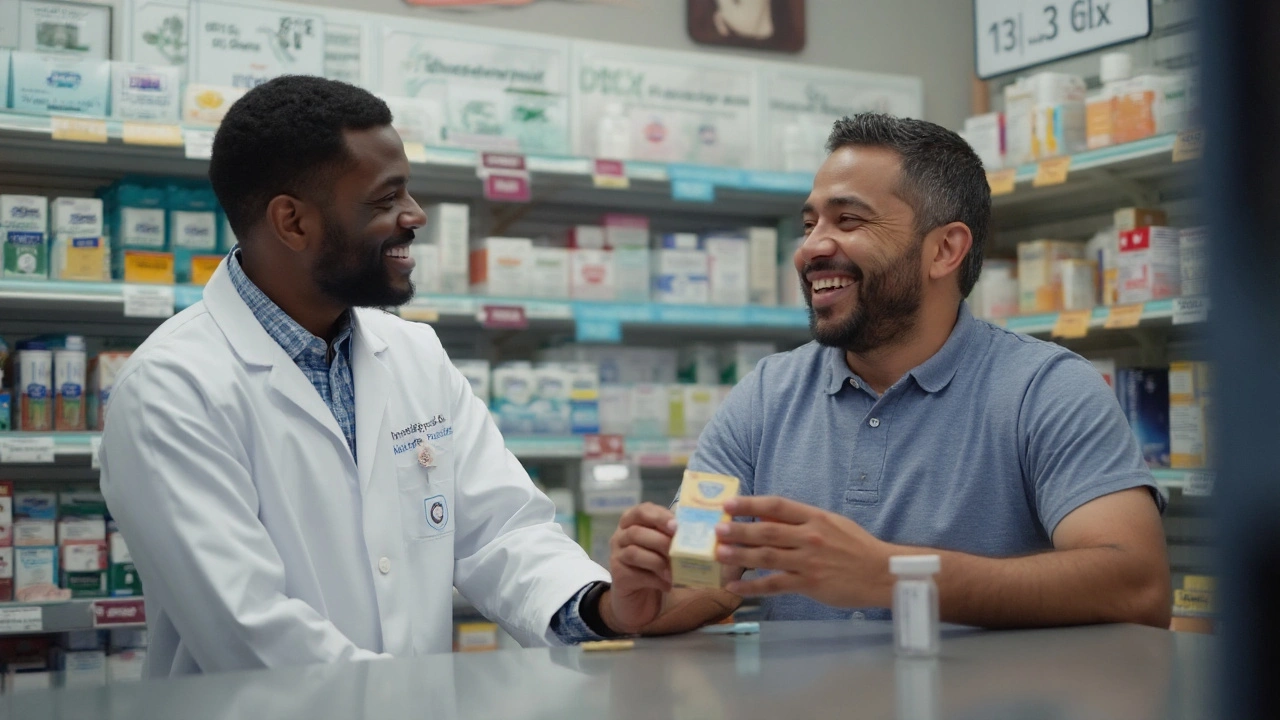
Safe Online Buying: How to Vet a Pharmacy and Avoid Fakes
This is where most people slip: chasing the lowest price on sketchy sites. Regulators like the FDA (BeSafeRx), NABP (Digital Pharmacy Accreditation), and the U.K.’s MHRA all say the same thing-many rogue sites sell falsified or substandard meds. Here’s a quick, no-nonsense vetting flow you can use for any online pharmacy.
- Prescription check: For prescription strengths (e.g., 40 mg in the U.S.), the site must require a valid prescription from a licensed clinician. If it advertises “no prescription needed,” walk away.
- License lookup: Confirm the pharmacy’s license with your state or national regulator. In the U.S., check the state board of pharmacy or look for NABP Digital Pharmacy accreditation. In the U.K., look for a GPhC-registered pharmacy. In the EU, check the national logo and registry.
- Contact details: Real address and phone support. Hidden or offshore-only contact info is a red flag.
- Sourcing transparency: They should state that medications are FDA-approved (U.S.) or approved by your national authority. Avoid sites shipping from unknown suppliers or “international pharmacies” that don’t meet your country’s rules.
- Secure checkout: HTTPS, clear privacy policy, and major payment methods. No wire transfers or gift cards.
- Returns and pharmacists: Legit pharmacies list return/refund policies and offer access to a pharmacist for questions.
Fast red flags:
- “Miracle” claims, extreme prices that look too good to be true, or stock images and generic boilerplate across the site.
- Spammy emails or messaging apps pushing you to buy.
- No lot numbers, expiration dates, or patient info leaflets with the medication.
If you’re not sure, call your insurer or prescriber and ask which online pharmacies they trust. Ten minutes on the phone beats weeks of stomach pain from a counterfeit pill that doesn’t work.
Nexium vs Omeprazole, Lansoprazole, Pantoprazole: Cost and Effectiveness
Here’s the honest version you rarely see on product pages: PPIs are more alike than they are different. Most people can get similar symptom control across options when dosed appropriately. Guidelines from ACG and NICE support choosing a PPI based on efficacy, safety profile, interactions, and-yes-cost.
What separates them?
- Effectiveness: Head-to-head data suggest broadly comparable acid suppression and healing rates at equivalent doses. Individual response varies. If one PPI fails, another might work better for you.
- Cost: Omeprazole is usually cheapest, pantoprazole next, lansoprazole often close, and esomeprazole can be pricier OTC. With prescription discounts, pantoprazole and esomeprazole prices can be very close.
- Drug interactions: Esomeprazole and omeprazole interact more with clopidogrel (an antiplatelet). If you take clopidogrel, talk to your clinician; alternatives like pantoprazole are often preferred in that scenario.
- Formulation quirks: Some people respond better to one formulation (capsule vs tablet) or timing instructions they can stick with.
Money-saving logic you can use:
- For new or intermittent symptoms: Try the cheapest OTC option first (often omeprazole 20 mg or lansoprazole 15 mg) for a 14-day course. If symptoms come back, discuss maintenance or a different PPI with a clinician.
- If you’re set on esomeprazole: Check both OTC multi-packs and the price of a one-month prescription with a coupon. The Rx could be cheaper per dose.
- If you need long-term therapy: Pantoprazole often delivers the lowest monthly spend with good control for many patients, especially with a prescription discount card.
One caveat: For confirmed erosive esophagitis, some clinicians favor esomeprazole or higher-dose PPIs initially, based on trial data. If you fall into that bucket, ask about the shortest path to symptom control and then tapering to the lowest effective dose.
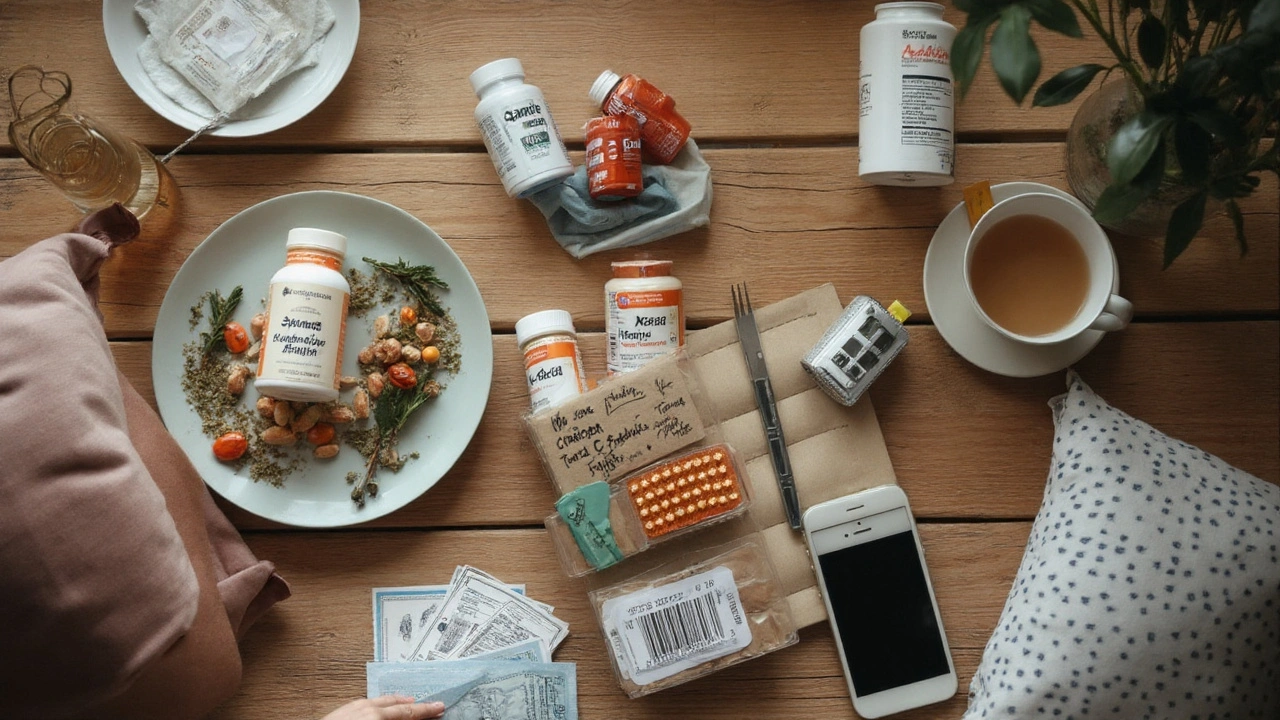
How to Buy Now: OTC vs Prescription, Dosage, Savings Hacks, FAQs & Next Steps
Here’s a clean, step-by-step plan to help you buy today without second-guessing yourself.
Step 1: Decide OTC vs Prescription
- Choose OTC 20 mg if you have frequent heartburn (2+ days a week) without red flags. Follow the 14-day course on the label.
- Choose prescription if symptoms are chronic, severe, you’ve had complications, or the OTC course didn’t solve it. You’ll need a prescription for 20 mg or 40 mg (country rules vary).
- If you’re on clopidogrel, have osteoporosis risk, chronic kidney disease, or recurrent infections, talk to your clinician before starting or continuing a PPI long term.
Step 2: Compare Total Cost (Not Just the Sticker)
- Pick 2-3 reputable online pharmacies (licensed and accredited) and add your product to cart.
- Apply available coupons or discount cards (pharmacy or third-party). For Rx, compare different stores-the exact same prescription can vary wildly in price.
- Check per-pill price after coupons, tax, and shipping. Big packs usually win, but watch shipping.
- Consider auto-ship for 5-15% off if you’ll use it monthly.
Step 3: Choose Dose and Timing You Can Actually Stick With
- Timing: Most PPIs work best 30-60 minutes before breakfast. Some regimens split dosing. Follow your label or prescription.
- Don’t double up without guidance. If you miss a dose, take it when you remember unless it’s close to the next dose.
- After a 14-day OTC course, reassess. Still burning? Get checked. Long-term, aim for the lowest dose that keeps symptoms quiet.
Step 4: Pay Smarter
- Use HSA/FSA if eligible. Keep your receipts.
- Track unit cost. A simple rule: aim for under $0.50 per OTC tablet and under $0.50 per Rx tablet after discounts. Many people can do better.
- Stack discounts: manufacturer store promos, auto-ship, and cards. If you can’t combine, test each one-some base prices adjust differently per code.
Risks and How to Minimize Them
- Counterfeits: Buy only from licensed pharmacies. Look for accreditation (NABP Digital Pharmacy in the U.S., GPhC in the U.K.).
- Interactions: Tell your clinician/pharmacist about blood thinners, HIV meds, antifungals, anti-epileptics, and transplant meds. Esomeprazole can change exposure to some drugs.
- Side effects: Watch for persistent diarrhea, severe stomach pain, rash, or signs of low magnesium (cramps, dizziness). Seek care if these appear.
- Rebound acid: Stopping PPIs suddenly can cause extra heartburn for a bit. If you’ve been on them for months, ask about a taper plan.
Quick Scenarios
- I want the cheapest legit option today: Price out omeprazole 20 mg OTC 42-count vs esomeprazole 42-count. If omeprazole controls symptoms, keep it. If not, switch or see a clinician.
- I need 40 mg: You’ll need a prescription. Compare multiple licensed online pharmacies and apply discount cards. Under $0.50 per tablet is common.
- I’m on clopidogrel: Don’t choose esomeprazole/omeprazole without talking to your clinician. Ask about pantoprazole.
- My symptoms keep returning: You may need evaluation for GERD severity, H. pylori, or other causes. Self-treating forever isn’t the plan-get a workup.
FAQs
Is generic Nexium as good as brand?
Yes. FDA and other national regulators require generics to meet strict bioequivalence standards to the brand. Different fillers don’t change the active ingredient’s effect in clinically meaningful ways for most people.
Can I take esomeprazole and antacids together?
Yes, but separate timing if you’re also on other meds. Antacids help breakthrough symptoms while PPIs do background control. Check with a pharmacist if you’re on complex regimens.
How long before it works?
Some relief can show up day one, but full effect often takes 2-4 days. That’s normal for PPIs.
What if 20 mg isn’t enough?
Don’t self-escalate indefinitely. If 20 mg daily for 14 days isn’t cutting it, talk to a clinician. You may need a higher dose, a different PPI, or evaluation for another cause.
Is long-term use safe?
For many patients, the benefit outweighs risk when there’s a clear indication. Guidelines advise using the lowest effective dose, trying step-down strategies, and reassessing regularly. Discuss your plan with your clinician if you’ve been on a PPI for months.
Pregnancy or breastfeeding?
Data on PPIs are generally reassuring, but decisions are individualized. Talk to your OB or pediatrician before starting or continuing.
How do I know the pharmacy is legit?
They require a valid prescription for Rx strengths, list a physical address and phone number, show current accreditation or a state license, and provide pharmacist access. If a site ships from unknown locations or avoids verification, skip it.
Credible Sources (for your peace of mind)
- FDA: BeSafeRx guidance on buying medicines online; FDA-approved esomeprazole labeling for safety, interactions, and dosing.
- NABP: Digital Pharmacy Accreditation program for U.S. online pharmacies.
- ACG: Clinical Guideline on GERD management (adult dosing, alarm features, and step-down strategies).
- NICE (U.K.): Dyspepsia and GERD guidance on red flags, testing, and PPI use.
Next Steps / Troubleshooting
- If you’re price shopping: Make a 5-minute spreadsheet-store, pack size, coupon, shipping, per-pill price. The cheapest option pops out fast.
- If you’re stuck with nighttime symptoms: Ask your clinician about timing changes (before dinner), split dosing, or adding an H2 blocker short term.
- If you’re worried about long-term risks: Ask about stepping down to the lowest dose, trying on-demand therapy, or switching to an H2 blocker when stable.
- If the site won’t accept your prescription: Confirm the pharmacy’s state/country rules and your prescriber’s details. Some require e-prescribing or specific formats.
- If you suspect a counterfeit: Stop taking it, save the packaging, and report to your regulator (FDA’s MedWatch in the U.S., MHRA in the U.K.).
You want relief, not a finance project. Pick the right dose, verify the pharmacy, do a 60-second per-pill math check, and let the discounts work for you. If esomeprazole isn’t the best value for your situation, don’t be shy about switching to a cheaper PPI that gives the same comfort. Your stomach-and your wallet-won’t know the difference.

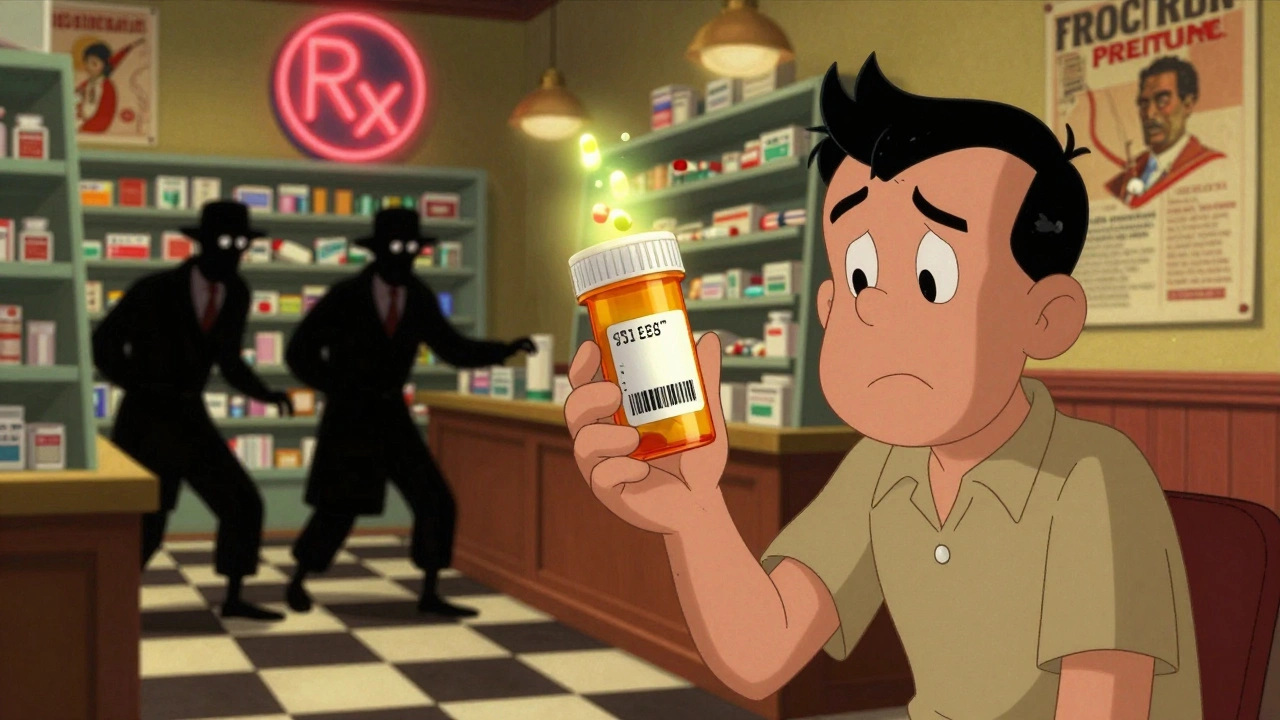
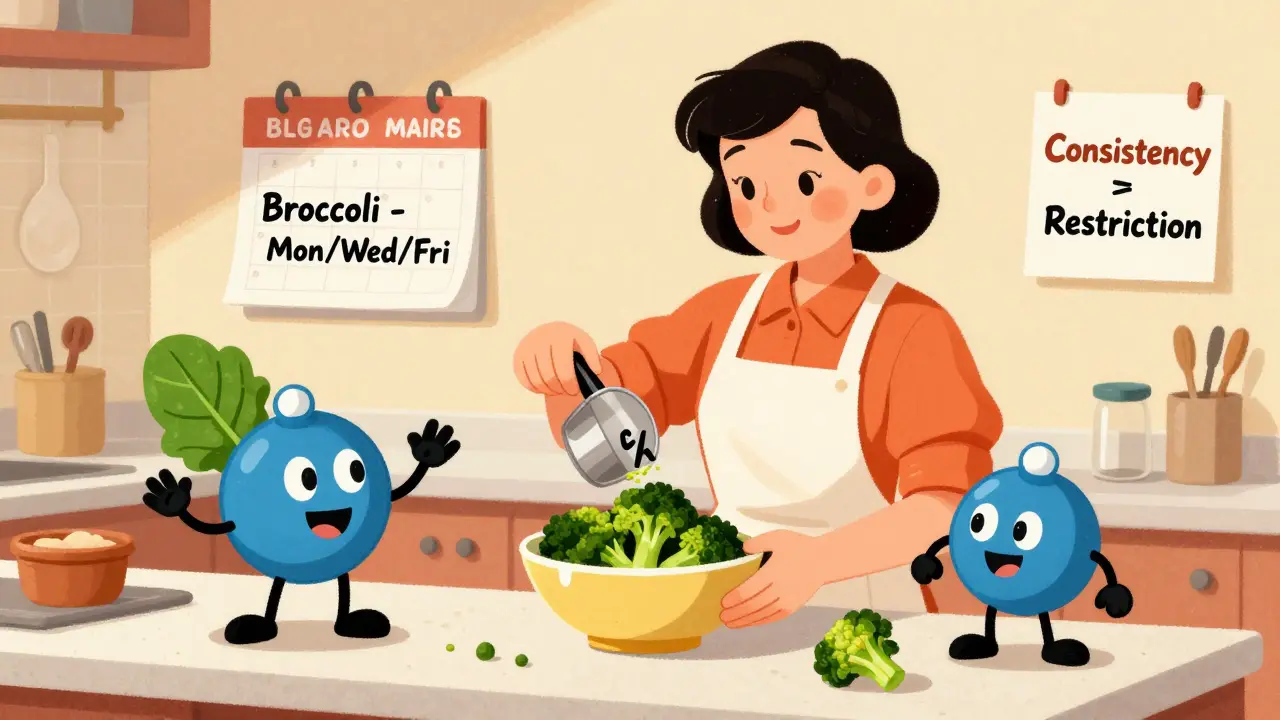
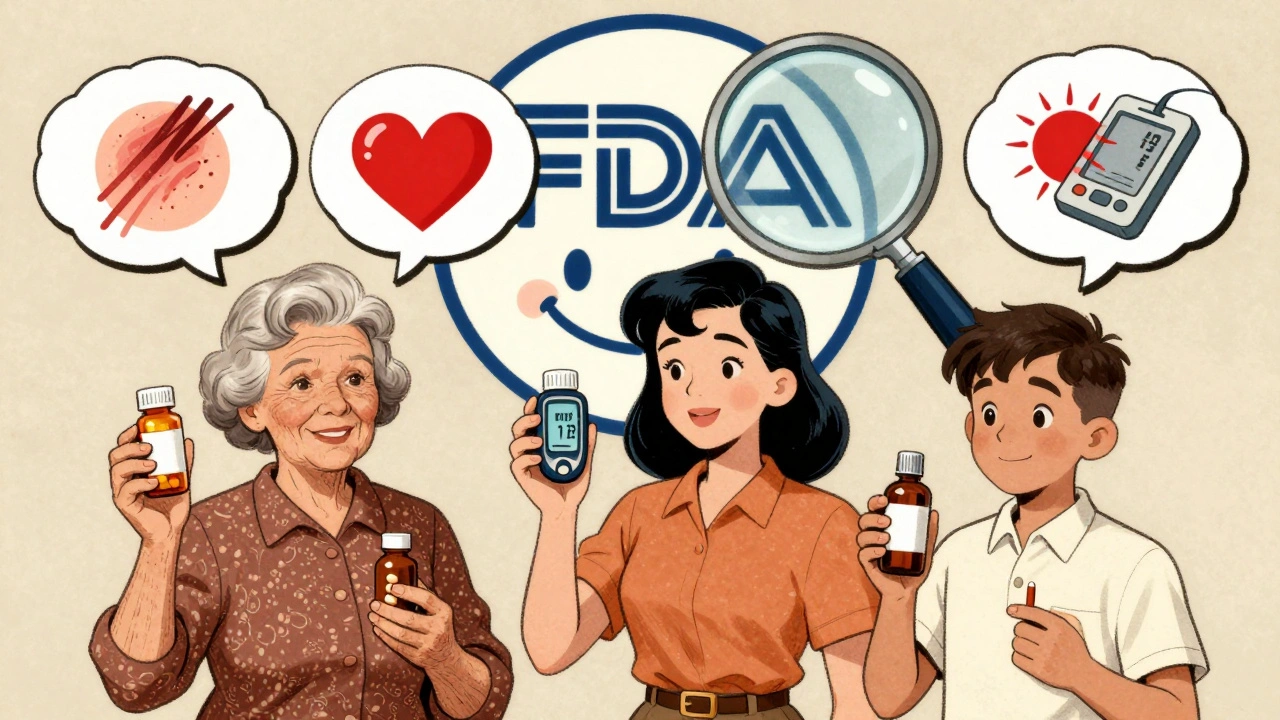

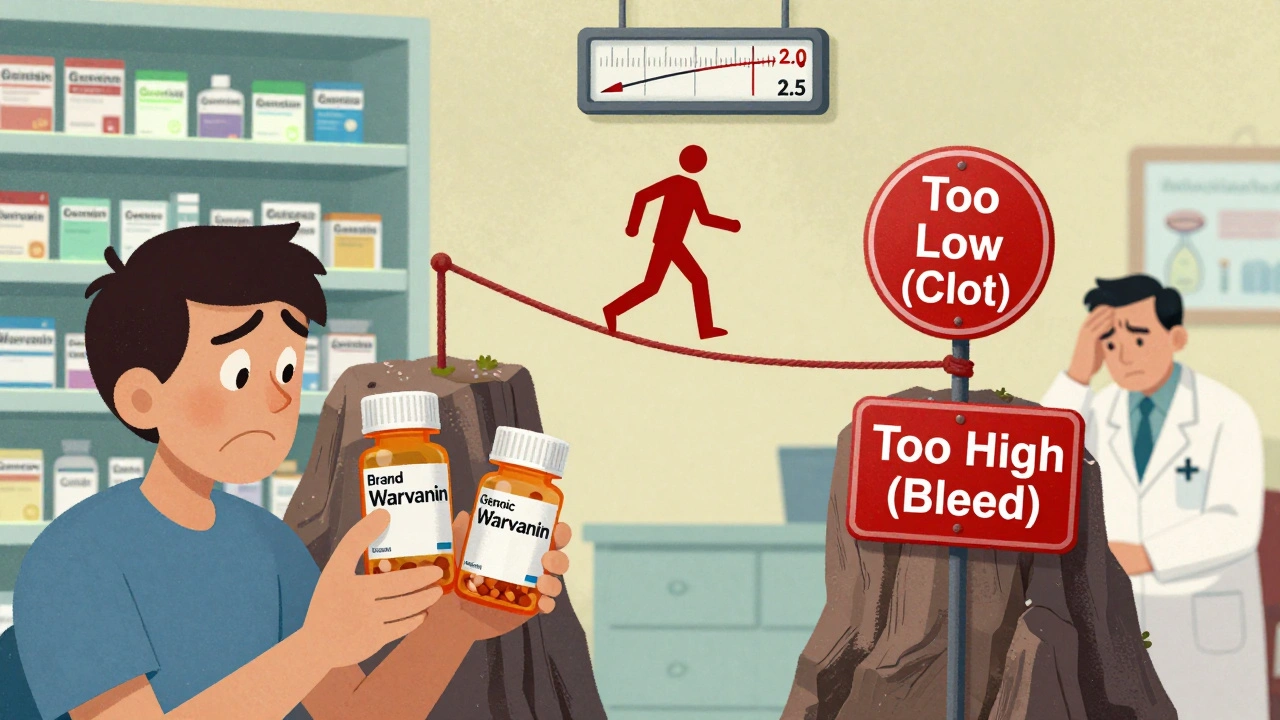
Tim H
September 12, 2025 AT 08:06bro i just bought 42 pills of omeprazole off a site that looked like it was coded in 2007 and it worked better than my $80 nexium prescription lol
Wayne Rendall
September 13, 2025 AT 07:28While the price comparisons are useful, it's critical to emphasize that purchasing prescription medications without a valid prescription is not only illegal in most jurisdictions but also potentially dangerous. The NABP and MHRA accreditation seals are non-negotiable for safety.
Matt Renner
September 13, 2025 AT 09:17For long-term users, the data on magnesium depletion and C. diff risk is real but often overstated in fear-based marketing. The real issue is unmonitored chronic use. If you're on a PPI for more than 6 months without follow-up, you're not managing your condition-you're avoiding it. A simple serum magnesium test and a gastroenterology consult every 12 months can mitigate most risks. Don't fear the drug-fear the lack of oversight.
Richard H. Martin
September 13, 2025 AT 15:20Why are we even talking about this? America’s healthcare system is a scam. You need a prescription for a $0.20-per-pill drug that’s sold over-the-counter in Canada, the UK, and Australia. And now we’re comparing coupons like we’re at a flea market? This isn’t smart shopping-it’s survival. The FDA should regulate pricing, not just pill shapes. And if you’re taking PPIs long-term, you’re already a victim of Big Pharma’s profit engine. Stop optimizing your dollar and start demanding systemic change.
Vishnupriya Srivastava
September 13, 2025 AT 20:07The article ignores the fact that most online pharmacies selling Rx PPIs without prescriptions are operating in legal gray zones that rely on consumer ignorance. Even if the pills are authentic, the absence of pharmacist consultation removes a critical safety layer. The real savings come from proper medical triage-not coupon stacking.
Ramesh Deepan
September 14, 2025 AT 09:02For those in India or other countries with limited access to branded meds: Omeprazole 20mg is widely available as a generic under dozens of brand names here for less than $0.10 per pill. Always check the manufacturer’s license on the box and avoid unbranded blister packs. A local pharmacist can verify authenticity in under 2 minutes. You don’t need to buy from US sites-your local pharmacy might be cheaper and safer.
Ifeoluwa James Falola
September 14, 2025 AT 20:01Stick to licensed pharmacies. One bad batch can ruin your health. No discount is worth a counterfeit pill.
april kakoske
September 15, 2025 AT 17:01ive been on pantoprazole for 3 years now and honestly i dont even know why i started but it just works so i keep going 😅
Adam Phillips
September 16, 2025 AT 05:51we treat stomach acid like it's an enemy to be crushed when really it's just a signal that something else is out of balance maybe we should ask why we're producing so much instead of just suppressing it forever
Julie Lamb
September 17, 2025 AT 02:16Thank you for this! I was about to buy from some sketchy site but your checklist saved me. Just ordered my 42-pack of omeprazole with a coupon and felt like a total adult 💪❤️
Pradeep Meena
September 17, 2025 AT 06:39Why do you Americans waste money on Nexium when omeprazole is 10x cheaper and same thing? You are being fooled by branding. Our country knows the truth. Generic is generic. No need for fancy names. Stop paying extra for marketing.
Umesh Sukhwani
September 18, 2025 AT 06:01The comprehensive breakdown provided here is commendable, particularly the emphasis on regulatory accreditation and per-pill cost analysis. However, I would like to add a perspective from the Global South: in many developing nations, access to even generic PPIs is hindered by supply chain fragmentation and local regulatory inconsistencies. While the article appropriately cautions against unlicensed online vendors, it does not address the reality that for millions, the only viable option may be a trusted local pharmacist who procures from verified international wholesalers. In such contexts, the distinction between 'legitimate' and 'illicit' is often blurred by economic necessity. The ethical imperative lies not in blanket condemnation of cross-border purchases, but in advocating for equitable access to affordable, regulated medications-regardless of geography. A simple, verified list of WHO-prequalified suppliers for PPIs would be a valuable addition to this resource.